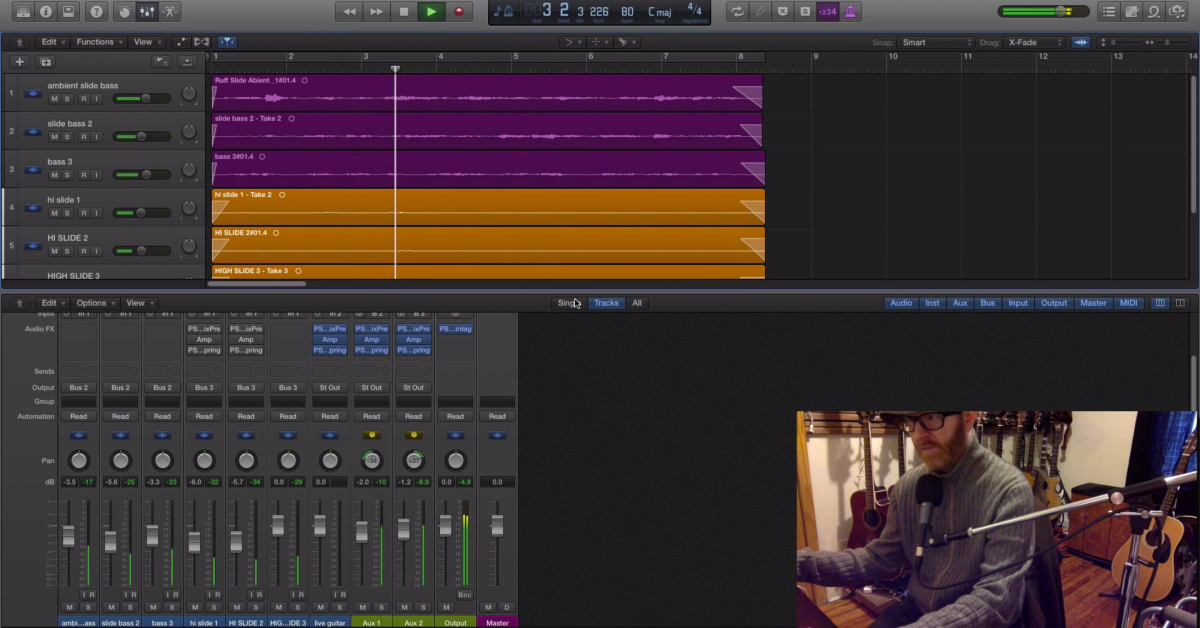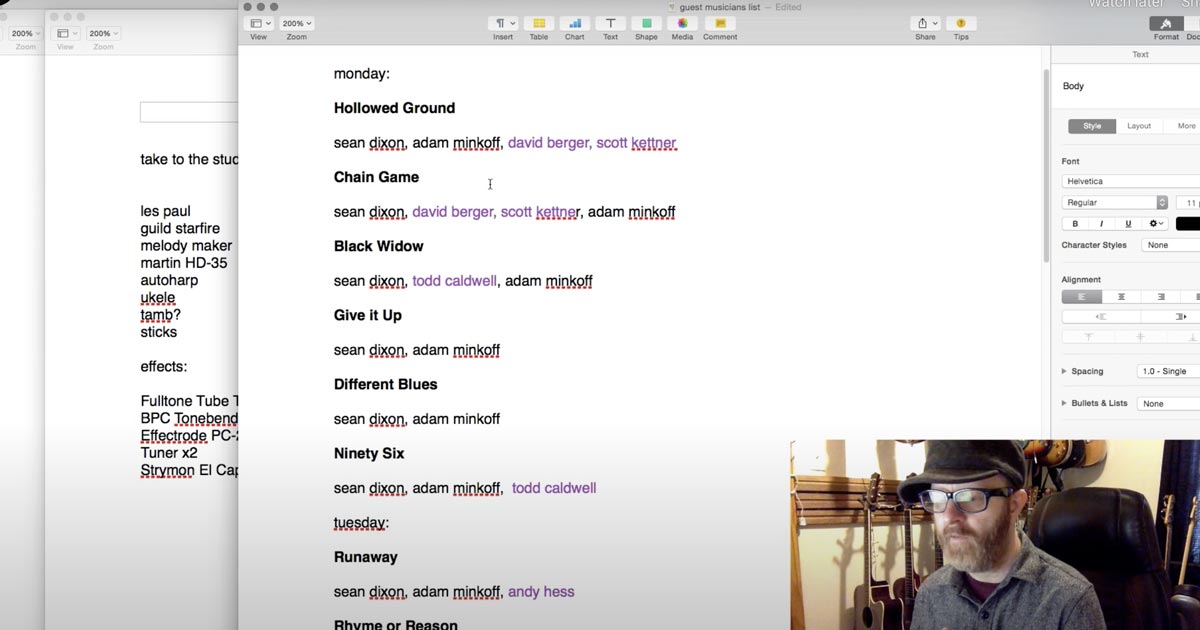9 Tips for Recording String Sections
Article Content
There is nothing quite like the sound of real strings.
You may have finally landed a project that will allow you to budget a string quartet. Are you ready?
If you haven’t prepared for a string session before it may be a bit of pressure. Let’s discuss some things that can really ease the tension for a string section.
1. Leader of the Pack
Having a string arranger can be helpful. There are all kinds of expressions that are unique to strings. Some of which a lot of people don’t understand. Think of a string arranger like a translator. Getting past translation issues with one person in a room is no big deal. But, when you have four or more string players it can suck a lot of time.
A string arranger will help you decide if the sound you’re going for is a down or up bow. They will understand the mechanics of the instruments in a way that would take you years.
One option would be to get together with a string arranger before your session. Sing out some melodic ideas and have an in-depth conversation about the direction of the sound.
The string arranger will take the ideas and run. You’ll still be able to make changes on the session, but you’ll have a map.
2. Rebellion
You don’t have to have an arranger. I have had success with putting some players in a room and rolling tape. In this situation, it’s good to match instrumentalists. When we brought in strings for Abby Ahmad’s album Curriculum, I put a lot of thought into how the players would blend.
If you don’t know a lot of players, find one you trust and ask them to help build the team. The section will always sound tighter when there is good communication and vibes between the players. There is an unspoken energy there.
3. Clean Slate
If we’re flying in open skies (meaning no arranger) I like to have plenty of blank charts available.
I use Sibelius to mark out each section of the song. This means I document how many bars for each section and any key or time signature changes. As we create parts for the songs, the instrumentalist can make notes for pitches and expressions.
Remember, their parts have to be locked. You can’t rely on memory. Plus, it’s nice for the artist to have the charts for their records should they ever want to play live with a quartet.
4. Pencil Pimp
Have a pencil handy. Seems pretty obvious, but it’s very easy to miss.
Make sure you have pencils with good erasers. You may change your minds on a part or expression. Don’t use a pen.
5. I Stand Alone
Have plenty of music stands. I know, not very rock n roll. String players are very temperamental about their space. There will be no sharing of music stands. If you want to keep the peace, give everyone their own stand. (Keep sharp objects hidden away as well).
Don’t get clever either. You’re just making the session harder by giving them a chair to put their music on.
6. Comfortably Numb
There will be a fair amount of setup time. Between getting people comfortable and in-tune, to setting up the mics and getting levels.
Open your session before you get there and label your tracks. Try to get a rough idea of what mics you want to use beforehand. Think about the preamps.
As an alternative to buying stands, you can ask them to bring their own stand. Chances are they will own a collapsible stand.
7. Station to Station
Headphones mixes are important. Don’t wait until the last second to test your headphones and run lines. Figure out how many sets you need. Plug them in and give each a separate mix if possible. The last thing you want is crackling headphones on a session that is costing a lot by the minute.
Making sure each string player has a good mix will improve intonation.
8. Light my Fire
It’s easier to read charts if there’s proper lighting. If your space is dark, ask the instrumentalists to bring a music stand light. Chances are they will have one.
Do this well in advance though. Don’t wait til the day before to find out you need four stands and four lights.
9. Meeting Across the River
Pre-production is important. If you’re not using an arranger don’t wait until the day of the session to discuss the directions of the arrangements.
Get together and go over each song. Make notes of melody ideas. Draw dynamics, write adjectives. Basically, have a plan. Having no master plan will eat up lots of time during a session. You don’t have to be completely organized, or know how to write a traditional chart. An audio note is just as powerful.
Now that you’re prepared you can sit back and enjoy the amazing sounds of a string section paying live in a room.





